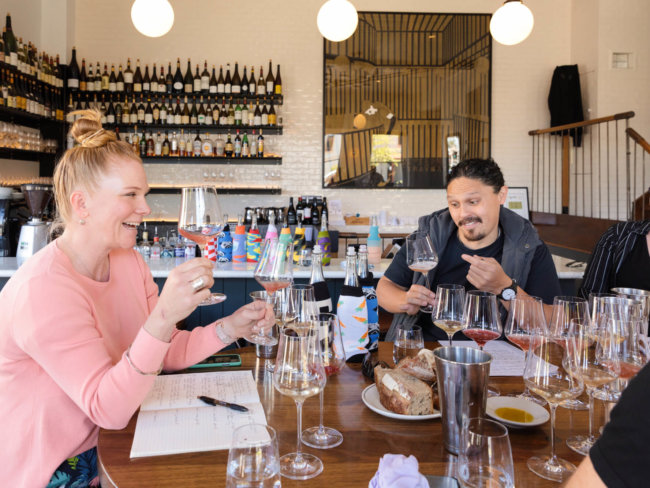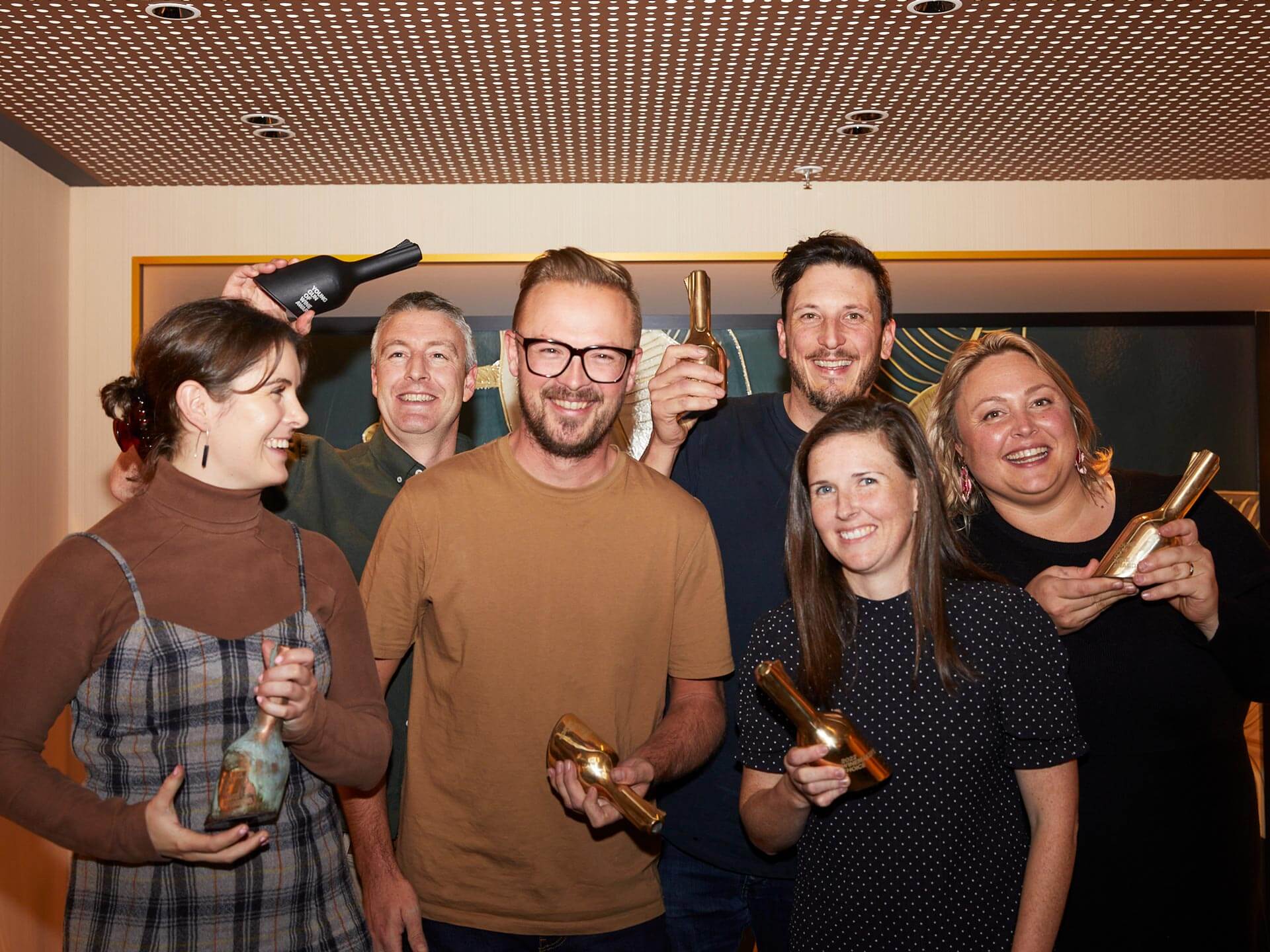At Tahbilk, the 2020 vintage is quickly drawing to a close. Autumn is upending colour over the vines and, in the underground cellars, barrels of new wines are just beginning their ageing. While all the core activities of winemaking continue, this year is certainly unlike any other before it. Across the community, COVID-19 has postponed any idea of ‘business as usual’, but that only adds to the sense of purpose behind Tahbilk’s quieter work – that of placing environment and sustainability at the centre of all its winery practices.
Since 2013, Tahbilk – the 160-year-old, family-owned winery located on the Goulburn River, north of Melbourne – has been internationally accredited as carbon neutral. Under the guidance of viticulturist Richard Flatman, parts of the vineyard are being prepared for organic certification, while the larger vineyard goals are to improve soil health, water efficiency and natural weed and pest controls. Revegetation of large swathes of the Tahbilk property has been ongoing since the mid 1990s, including the establishment of a thriving wetlands and wildlife reserve.
And this is just a glimpse at Tahbilk’s green plans.
![]()
Tahbilk’s cellar door is within the original mud brick winery built in 1860.
“The values of the family are what keep the environment so front-of-brain at Tahbilk,” says Hayley Purbrick, who is the fifth generation to have stewardship of the winery. “We have a diverse family, with differing opinions about what investing in the environment looks like, but that adds to the plan and at heart we all agree on the ethos of leaving something worthwhile behind.
“Sustainability, which is the central concept in Tahbilk’s strategy, hones in on how we can work with limited resources to achieve benefits for both present and future generations. In the winery context, sustainability involves recognising that a healthy environment is not only fundamental to making great wines, but also to building thriving communities and a valuable legacy that can be handed on into the future.
“I feel my role as the next generation of leadership is to ensure I bring the values and beliefs of my generation to the table to enable us to continue to grow and move with the times and society’s expectations,” Hayley emphasises.
![]()
Hayley Purbrick with her two sons, Oscar and Alby, exploring the wetlands at Tahbilk.
The land where the family winery is located, in the Nagambie Lakes subregion of the Goulburn Valley in central Victoria, is called tabilk-tabilk, meaning the ‘place of many waterholes’ in the language of the Taungurung people. Indeed, it is the delicate network of inland water systems – comprising Lake Nagambie and the Goulburn River, as well as creeks and backwaters – that contribute to the unique features of the Nagambie Lakes wine region, as well as its milder mesoclimate compared to neighbouring areas.
A recent biodiversity survey conducted across the whole property, some 1,214 hectares in total, revealed the existence of seven endangered species in Tahbilk’s wetlands alone, distinguishing it as an important sanctuary.
This makes water health an essential part of Tahbilk’s ongoing work. A recent biodiversity survey conducted across the whole property, some 1,214 hectares in total, revealed the existence of seven endangered species in Tahbilk’s wetlands alone, distinguishing it as an important sanctuary.
One of those species is the southern pygmy perch, a tiny native fish whose population has diminished due to drought and depleted inland water ecosystems. “We’re hosting a breeding program for the pygmy perch at the moment, with the goal of bringing them back into our waterways in abundance,” says Hayley.
Tahbilk has been working in partnership with the Taungurung people on a number of projects, including an indigenous flora trail through the wetlands launching later this year. There are also plans to introduce managed, cultural burning into revegetated areas of the property to mitigate bushfire risks. It’s a meaningful step towards shared responsibility for the sustained health of the land and local communities.
![]()
Tahbilk are launching an indigenous flora trail through their wetlands later this year as part of their 160th anniversary celebrations.
“These collaborations are very personal and are based on relationships we have formed over the years, built upon mutual admiration and respect,” Hayley observes.
One major goal for 2020 is that Tahbilk will be naturally carbon neutral, meaning that carbon emissions from its activities will be offset internally. Over the journey, Tahbilk has used a variety of offsetting measures to achieve carbon zero status, including buying external offsets, introducing energy efficiencies, solar power generation and revegetation.
“We are confident that with the application of an additional 100kW of solar hitting Tahbilk’s rooves later this year we will achieve the naturally balanced target. The target has been in place for five years, and over this time we have reduced our total carbon footprint by 26 per cent,” explains Hayley.
“Our goal at this point in time is to fully embed an environmental culture at Tahbilk. We feel we are about 60% per cent there, so there is plenty of work to do.”
Tahbilk’s winemaking philosophy is about making exceptional wines and shared experiences, reflective of both the winery’s history and commitment to a sustainable legacy. “The name Tahbilk is linked to the abundance of landscape we benefit from,” says Hayley – a landscape the Purbrick family is investing in with its sustainable winemaking vision.
![]()
View of Tahbilk’s original winery and tower from the adjacent vineyard.
Tahbilk is a partner of the Wineslinger Awards.









